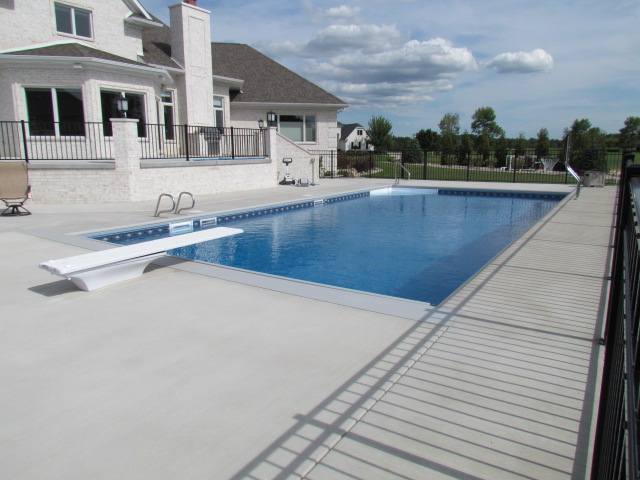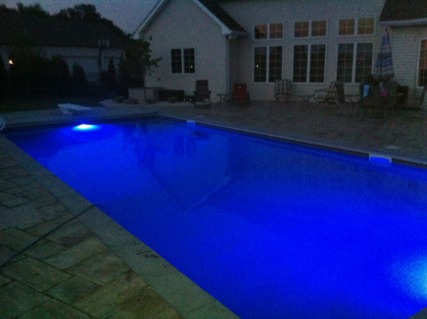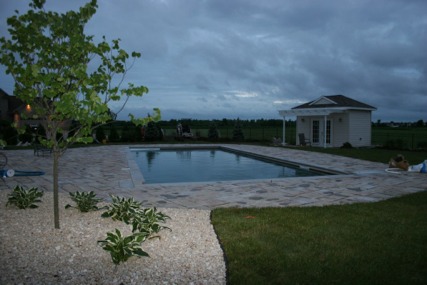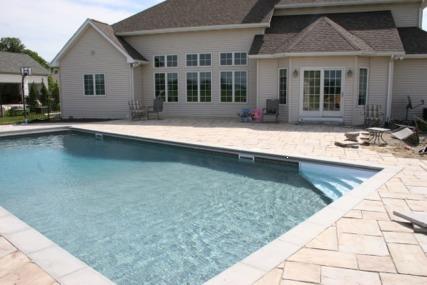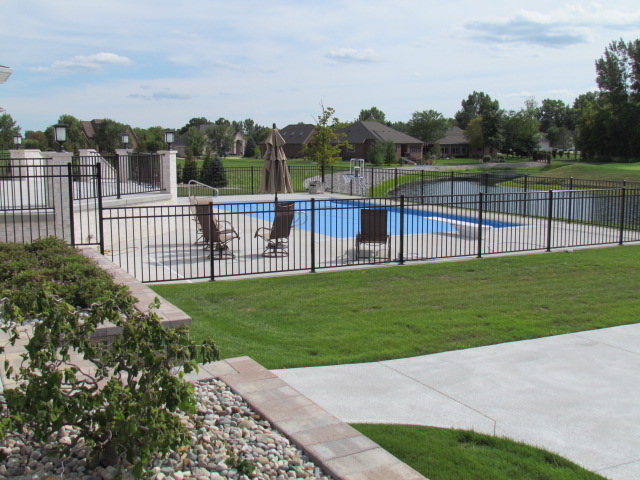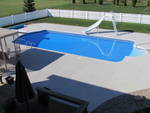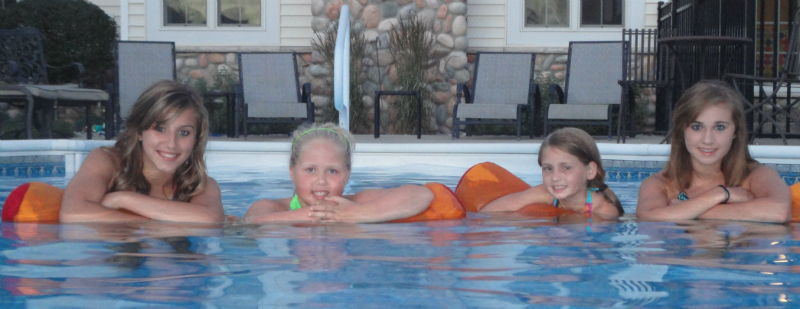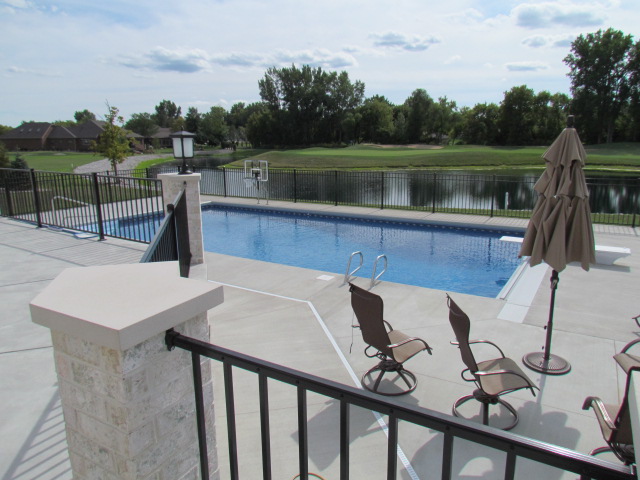All About Pool Chemistry
A clear pool is not a perfect pool. Surprisingly, clear water does not give you much information about the chemistry of your pool. In just 10 seconds, you can test your water to make sure it is properly balanced. Balanced pool water keeps swimmers comfortable, the water clean, and the pool maintained. You will want to be sure that your water is not too acidic (which usually appears perfectly clear.) because acidic water can eat away at plumbing, the liner, pump seals, and the heat exchanges.
What affects your water? Obvious factors and some surprising ones affect your pool’s chemistry:
- Bathing load: number of people using it at one time (especially pool parties). A pool party is the perfect example of a greater bathing load than normal.
- Frequency of rain will affect water levels.
- The chemical makeup of the rain (if it is not raining often, the rain that does arrive tends to be more acidic.)
- Sunlight (sunlight is one of the needed “ingredients” for algae.)
There are three types of pool chemistries: the Saltwater pool, Chlorine Sanitizer, and the Bromine Sanitizer.
The Saltwater Pool:
Saltwater Pools are gaining popularity because there is no chlorine smell and swimmers’ skin stay softer. The process does include chlorine, despite the name. At the beginning of the season, an average pool will need about 18 bags (25lbs each) of salt. A 24 to 36 hour period of waiting for the salt to break down then occurs. A salt generator is then powered up. The water is tested to determine salt levels. The dial on the generator is set based on anticipated bathing load to regulate the chlorine concentration.
The process is as follows: pool water enters the pump, flows through the filter, then continues through the heater, then through the salt generator, and finally, back into the pool. Simultaneously, a low voltage current runs into the salt generator that breaks the salt down into chlorine. As the pool uses the chlorine, the salt naturally returns to a solid state and the whole process starts again. As with Chlorine Sanitizer pools, avoid measurements of chlorine any higher than 3 parts per million in order to preserve the liner of the pool and to keep everyone comfortable.
The Chlorine Sanitizer:
This is the type of pool we are all most familiar with: using chlorine tablets or 3” sticks, your pool is kept clean via the chlorine. The process is as follows: pool water enters the pump, flows through the filter, continues through the heater, then through the chlorinator and finally back into the pool.
As with all pools, water should be tested three 3 times a week (just takes 10 seconds!) to check for proper balance. Once a week, the tablets should be checked to be sure that they are dissolving. The dial on the chlorinator ranges from 1 to 7 and may need to be adjusted depending on the factors listed above. Your chlorine levels should not exceed 3 parts per million. Adding either a copper or silver emzyne to the pool will allow you to chlorinate your pool at 1 part per million of chlorine rather than at 2.5 or 3 parts per million.
Please note that you will not want to have your chlorine measuring 3 parts per million or higher because it will dry the skin, burn eyes, will fade the liner, and swimmers will smell like chlorine. Keep in mind this type of pool requires more of a watchful eye than a saltwater pool, but is easier to start up at the beginning of the season, and is less expensive to maintain.
The Bromine Sanitizer:
The Bromine Sanitizer works exactly like a Chlorine Sanitizer however, the water runs through a brominator. The other differences include that there is no smell of chlorine, and is easier on the skin that traditional chlorine. Financially, this type of chemistry tends to cost more.


